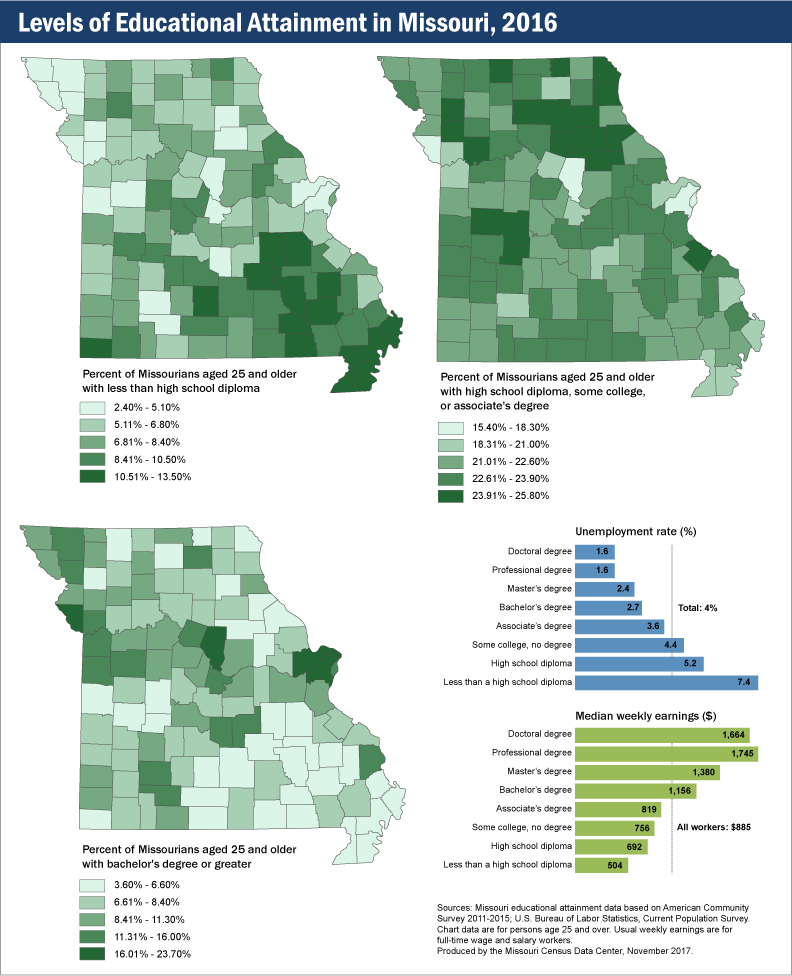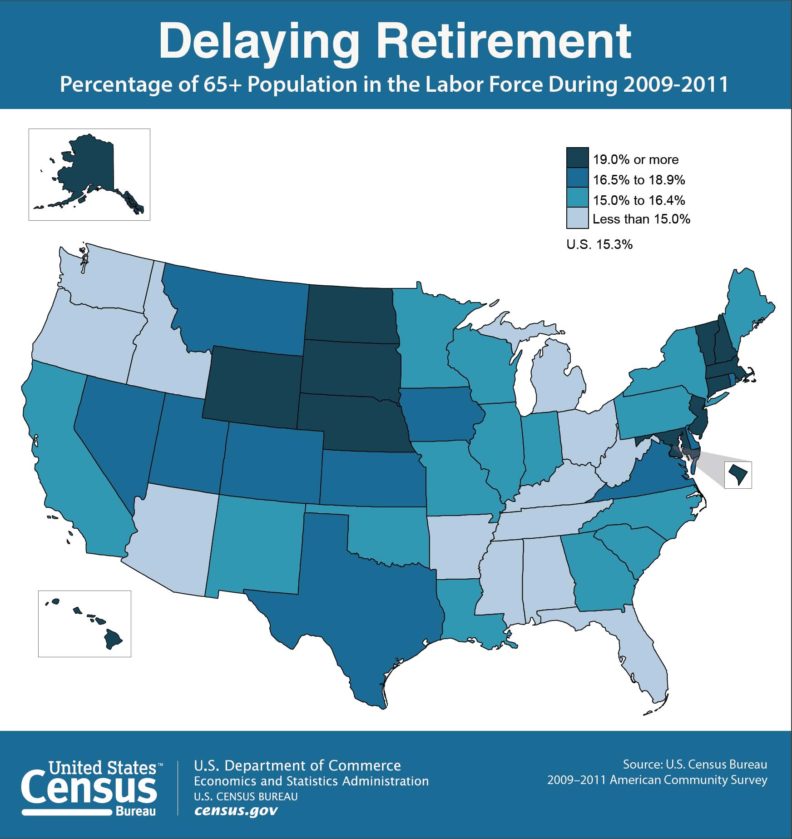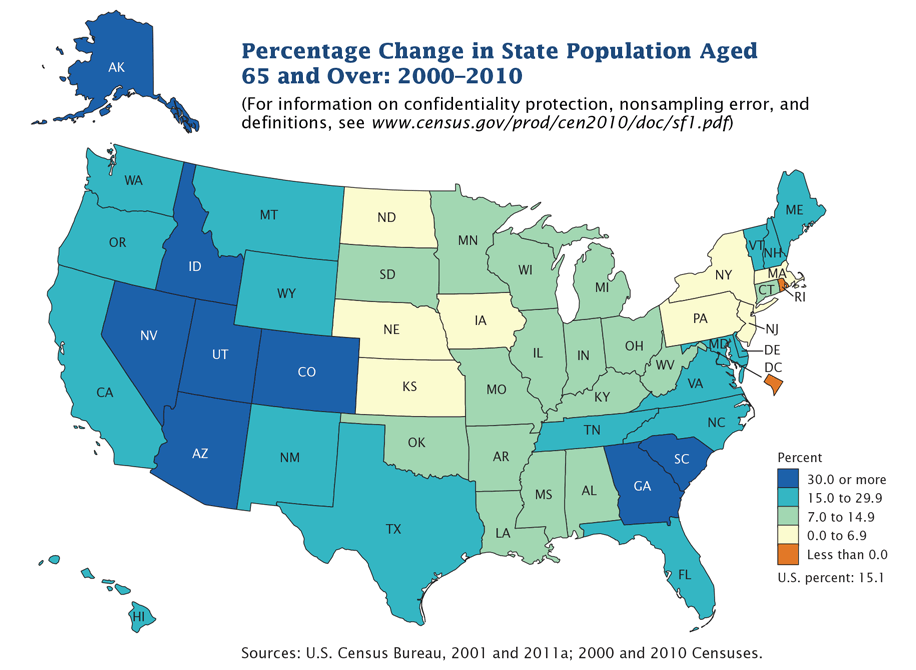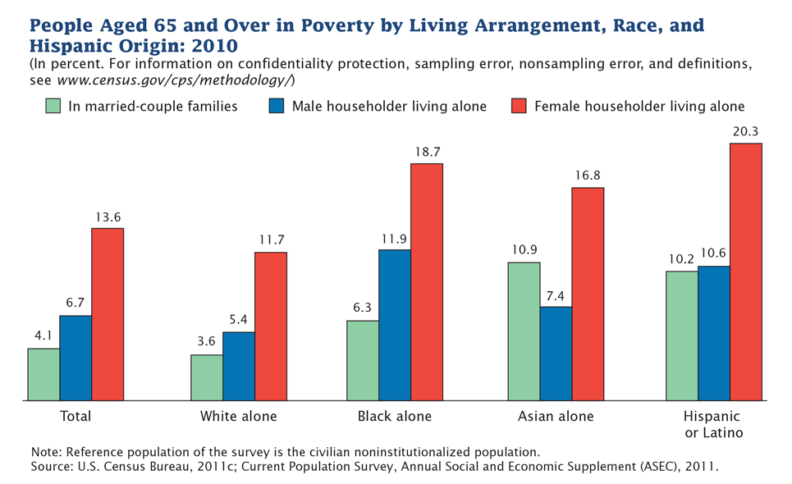An estimated 78.1% of people in U.S. households had a high-speed Internet connection last year, according to a new report from the U.S. Census Bureau. However, digital divides exist among the nation’s metropolitan areas and demographic groups.
These statistics come from the American Community Survey, which collected data on this topic for the first time in 2013 and is the largest survey used to examine computer and Internet use in the U.S.
Although most Americans have access to computers and high-speed Internet, differences in high-speed Internet use were as large as 25% between certain age and race groups, and divides between specific income and educational attainment groups were as large as 45%. In addition, among the nation’s metro areas, Boulder, Colo., had one of the highest rates of high-speed Internet use at 96.9%, whereas Laredo, Texas, had one of the lowest rates at 69.3%.
The report released in November 2014, Computer and Internet Use in the United States: 2013, includes analysis of household computer ownership and Internet use by age, sex, race and Hispanic origin, income, and education. It covers areas of the country with populations larger than 65,000.
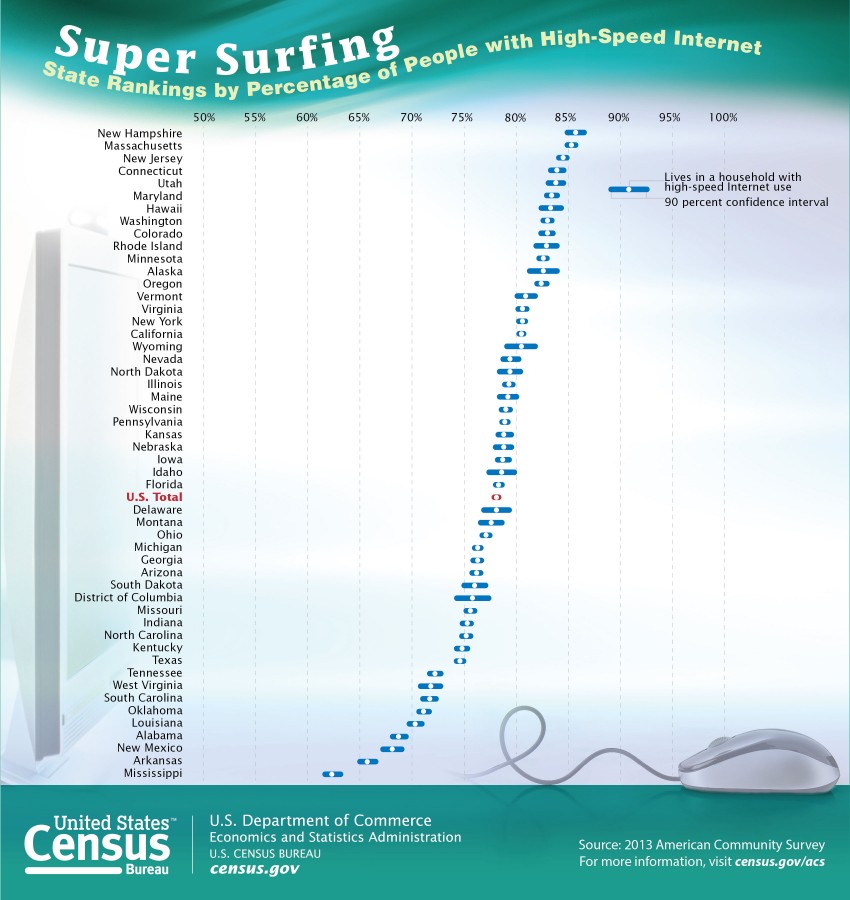
Metropolitan Areas
The report shows that 75.2% of metropolitan area households reported high-speed Internet use, compared with 63.1% of nonmetropolitan households. In addition, 85.1% of metropolitan households reported owning a computer, compared with 76.5% of nonmetro households.
Some states, such as California, Florida and Washington, had a variety of high- and low-performing areas within their borders — often very near one another. For example, the San Francisco Bay Area of California (including Napa, San Francisco, and San Jose) had high percentages of computer ownership and high-speed Internet use, whereas metropolitan areas in the nearby Central Valley (including Bakersfield, Fresno, and Hanford) had significantly lower estimates on both indicators.
Demographics of Computer and Internet Users
Computer ownership and Internet use were most common in the following types of households:
- Homes with relatively young householders: 92.5% of homes with a householder age 35–44 reported owning a computer, while 82.5% reported Internet use.
- In Asian households and white non-Hispanic households: 86.6% of Asian households and 77.4% of white households reported Internet use.
- In households with high incomes: 98.1% of households making $150,000 or more had a computer, while 94.9% reported Internet use.
- Householders with high educational attainment: 95.5% of homes with a householder with at least a bachelor’s degree had a computer, while 90.1% reported Internet use.
Connection Type and Access Device
- The most common household connection type was cable modem (42.8%), followed by mobile broadband (33.1%) and digital subscriber line (DSL) (21.2%).
- About a quarter of all households had no paid Internet subscription (25.6%).
- Only 1.0% of all households reported connecting to the Internet using only a dial-up connection.
- The most common household computer ownership was a desktop or laptop. 63.6% reported a hand-held computer (smartphone or other hand-held wireless computer).
In addition to the report, a series of detailed and profile tables about computer ownership and Internet use are available on the Census Bureau’s website at census.gov. As part of the 2008 Broadband Data Improvement Act, Congress mandated that the Census Bureau begin asking about computer and Internet use in the American Community Survey. Federal agencies will use these statistics to measure the nationwide development of broadband networks and to allocate resources intended to increase access to broadband technologies, particularly among groups with traditionally low levels of access. State and local governments will use these statistics for similar purposes, and businesses and nonprofits will use the information to better serve their communities.

